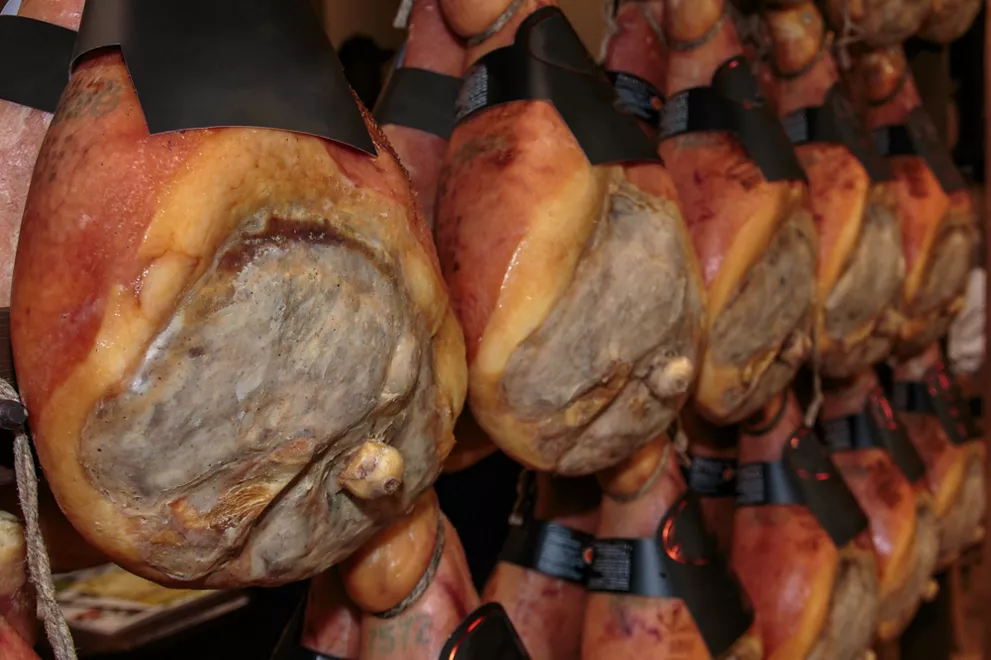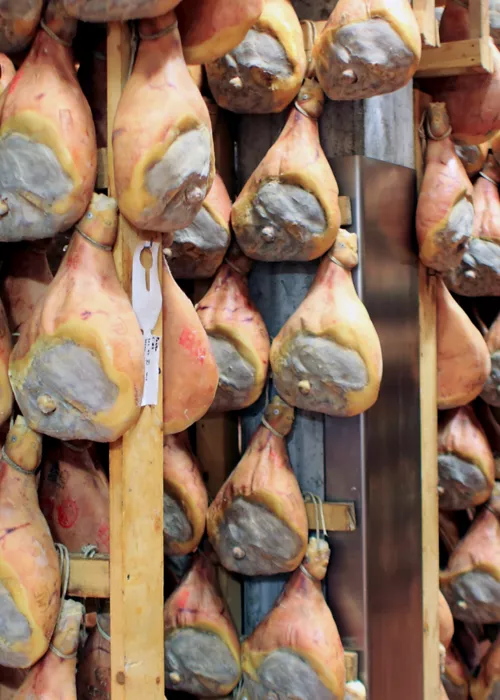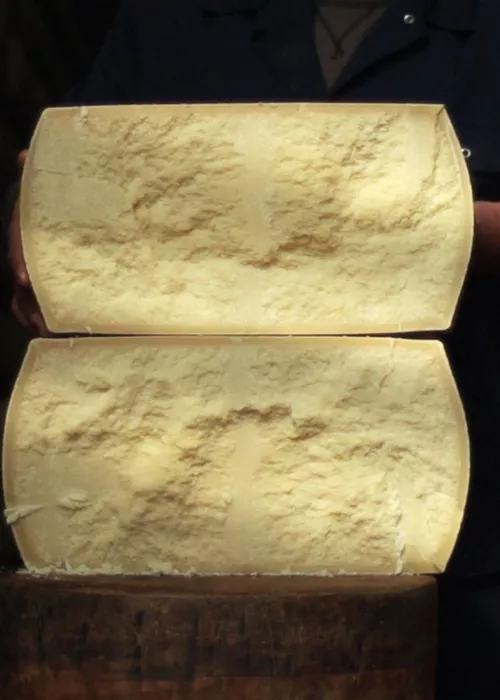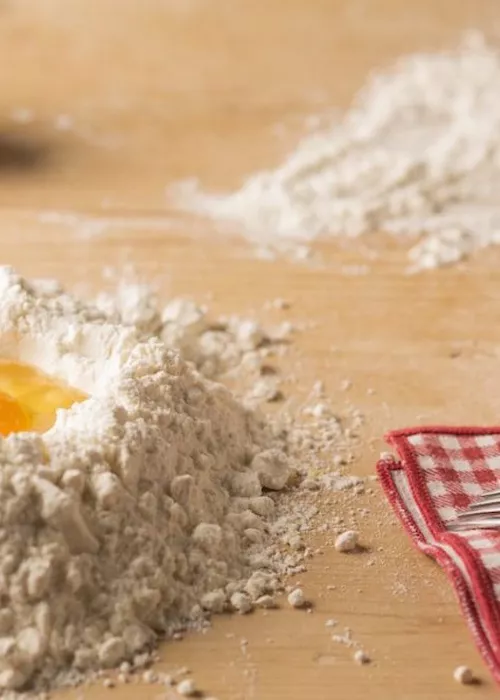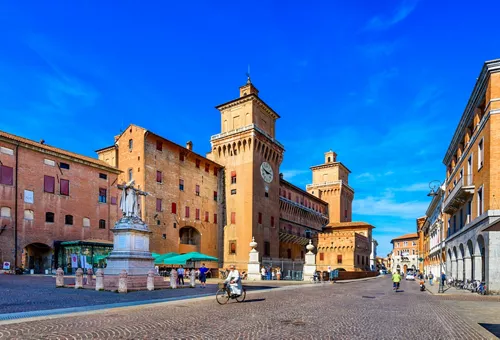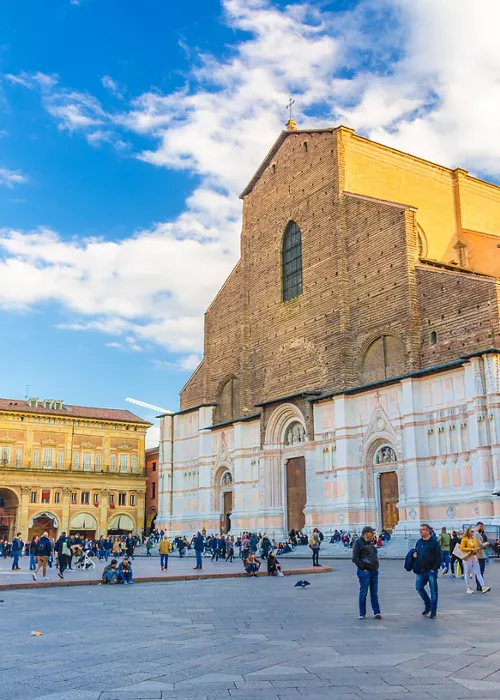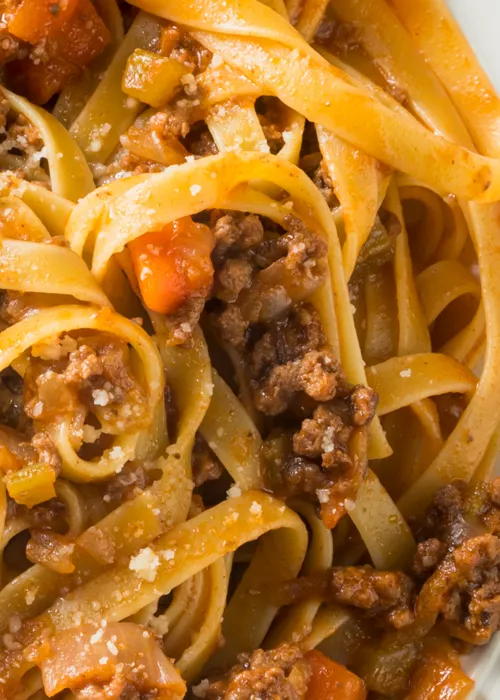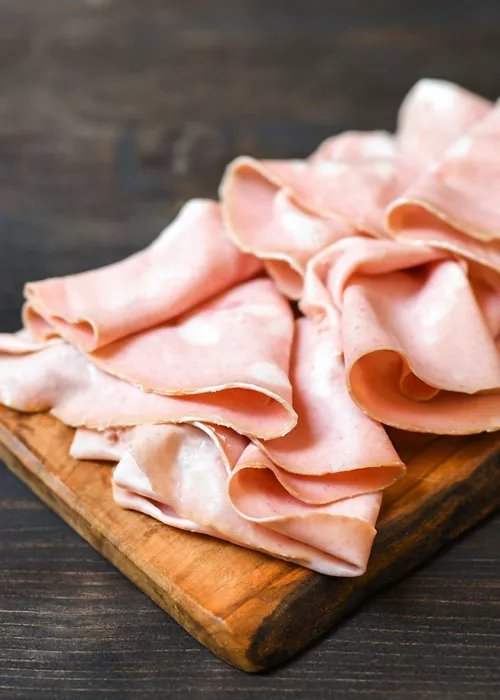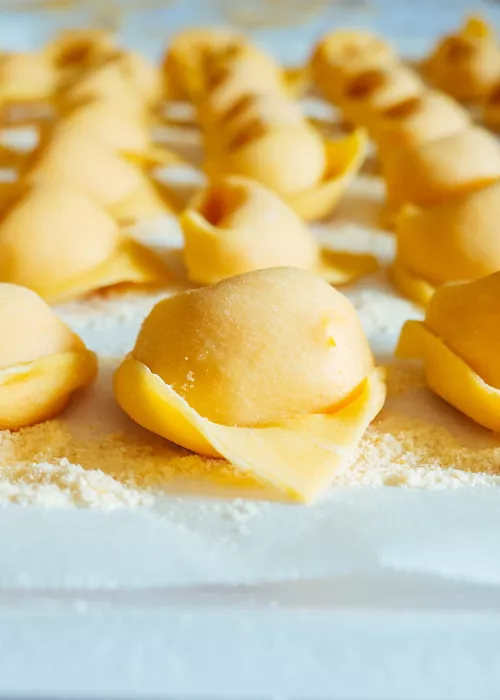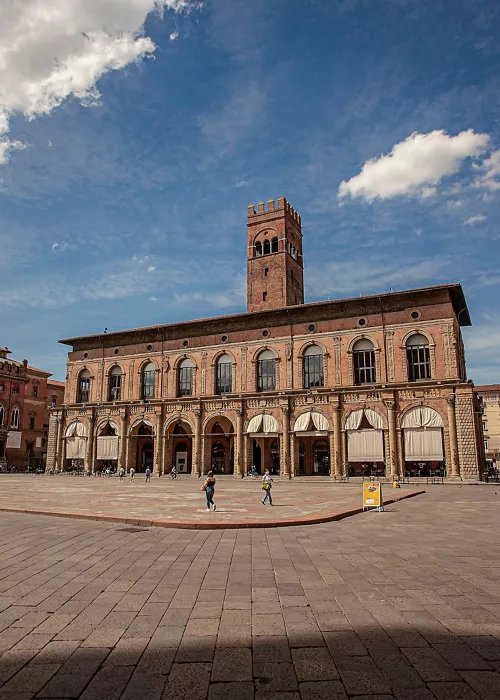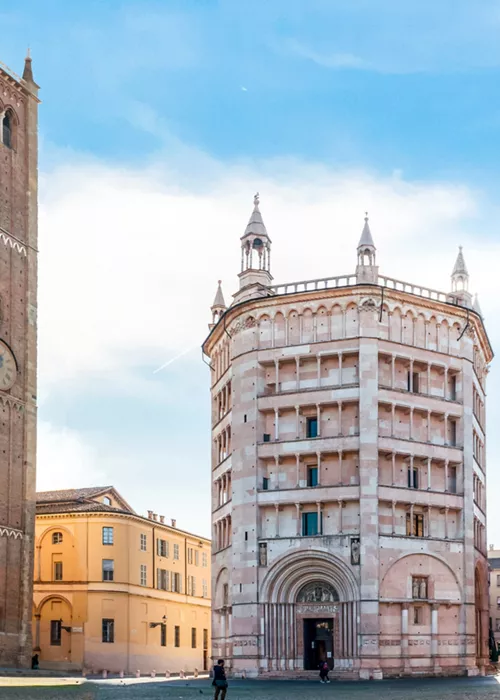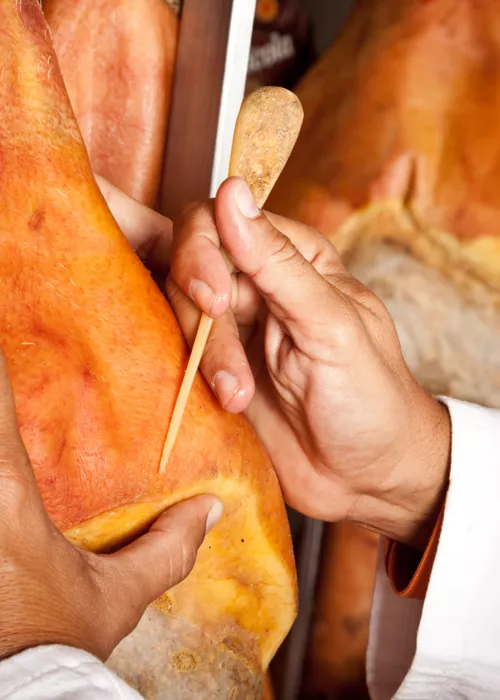Emilia: all the goodness of Parma Ham
3 minutes
Among the many gastronomic specialities of the land of Emilia, Prosciutto di Parma is, together with Parmesan cheese, undoubtedly the most representative.
DOP since 1996, like all products that can boast Protected Designation of Origin status, it meets strict specifications, starting with the production area: it is produced only in the area of the Province of Parma between the Enza and Stirone rivers, five kilometres south of the Via Emilia.
The bulk of production, however, is in Langhirano, a strategic hub for the entire regional economy.
Long loved, even since Roman times
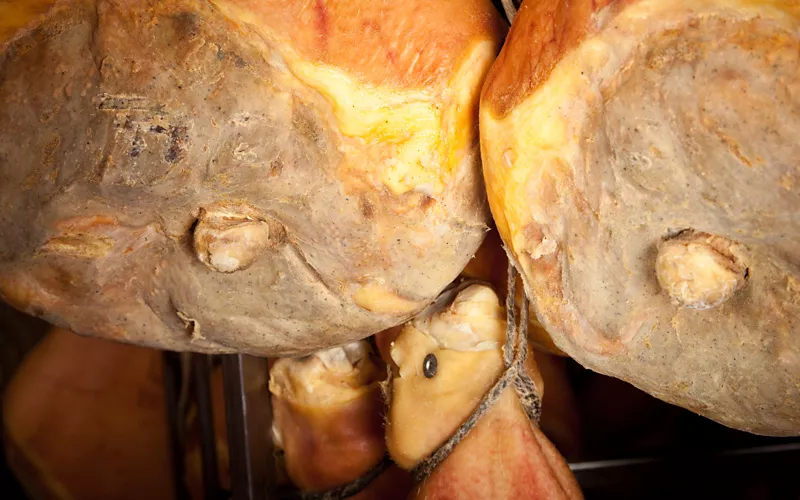
Prosciutto di Parma DOP has a precise processing method. It is prepared, in fact, with a few natural ingredients: meat of pigs born and bred in Italy, weighing no less than 145 kilos and at least 9 months old, and salt. Chemicals, additives and preservatives are banned.
After being air-cured for twelve months, the ham earns its brand name, the ducal crown certifying the DOP.
The history of this all-Italian delicacy has its roots in the distant past.
It is certain that ham was already being produced here in Roman times, when the Parma area corresponded to Cisalpine Gaul and its inhabitants were pig breeders.
With hindsight, we can say that the birth of a food such as ham was almost taken for granted, considering the presence of many salt pans in the vicinity, such as those of Salsomaggiore: the word ham itself says it all, which derives from the Latin prae exuctus or perexsuctum, meaning drained.
In 1963, the Consorzio del Prosciutto di Parma was established to protect and promote this cured meat all over the world and to offer consumers guarantees and assurances on the quality of the product. As stated in the Consortium's statute, since then it has been engaged in numerous activities including, first and foremost, the protection of the product and the name “Prosciutto di Parma” and the related trademark (Corona Ducale) currently registered in around 90 countries, as well as the promotion of the product in Italy and throughout the world.
It is the king of the sandwich, but also the secret to tasty dishes
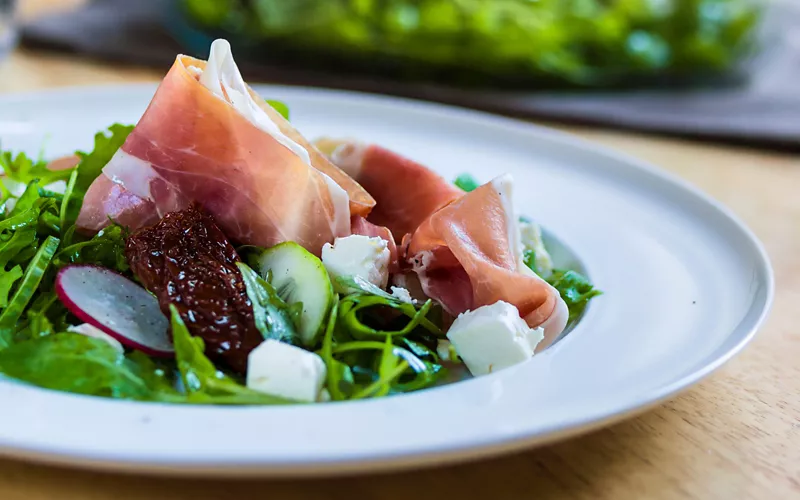
Several Latin authors wrote about the technique, such as Plautus, Juvenal and Strabo, but it was in the 18th century that large-scale production was first assumed.
Léon Guillaume du Tillot, minister of the Duchy of Parma and Piacenza, is credited with having first thought of building two pig slaughterhouses.
Today, production is, of course, all industrialised, although it has remained faithful to its origins. The result is a very fragrant and sweet product, which tastes even better when enjoyed in its homeland.
If you pass by here, don't miss a classic sandwich, or some typical specialities prepared with this star ingredient. Among the must-haves of local cuisine, for example, are the tagliolini with Parma DOP, or the Parma rose, a veal roast rolled on itself with slices of ham and parmesan cheese inside.
The ideal accompaniment? A glass of Malvasia dei Colli di Parma, of course.
At the Prosciutto Festival, between ham factories and museum
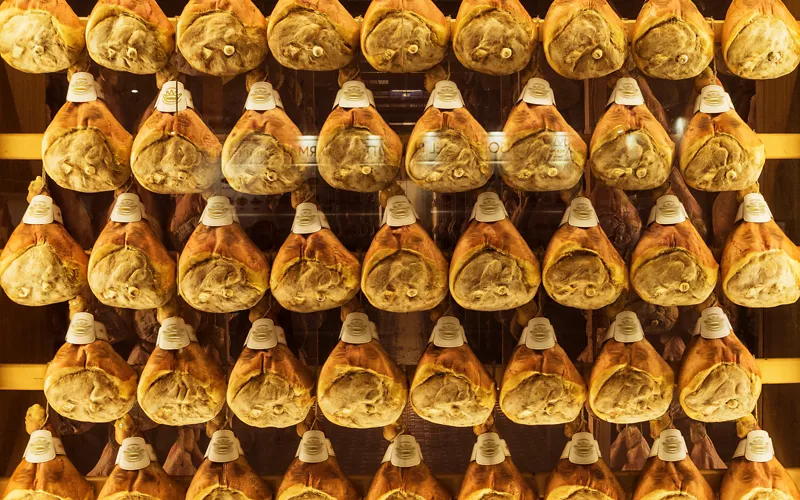
If you are curious to find out more about the production process, don't miss the annual Parma Ham Festival, which is traditionally held in September.
The most beautiful initiative is called Finestre Aperte: producers open the doors of their ham factories to guide visitors to discover the secrets of this foodstuff, and there are many participating ones.
Whichever one you decide to visit, remember to put a stop at the Prosciutto Museum on your agenda. It is located in Langhirano and recounts the processing of hams from the earliest times.
It is certainly no coincidence that Parma has been proclaimed UNESCO Creative City for Gastronomy in Italy. There's nothing but mouth-watering goodness here.

